Super Powder
Do you want to uncover the mystery of salt?
Table salt, also known as sodium chloride, is a quite enigmatic substance. Imagine, the white powder you are effortlessly sprinkling on your fries, was often as valuable as gold in the past centuries. For example, Venice became a wealthy country because it succeeded in excavating salt and trading it with other countries. Taxation of salt was a reliable income for countries such as China (2000 B.C), Egypt (323 B.C) and Britain (19th century). Not to mention that before the medieval period salt was the most common method to preserve food.
Today we still rely on this essential mineral. We need it to survive.
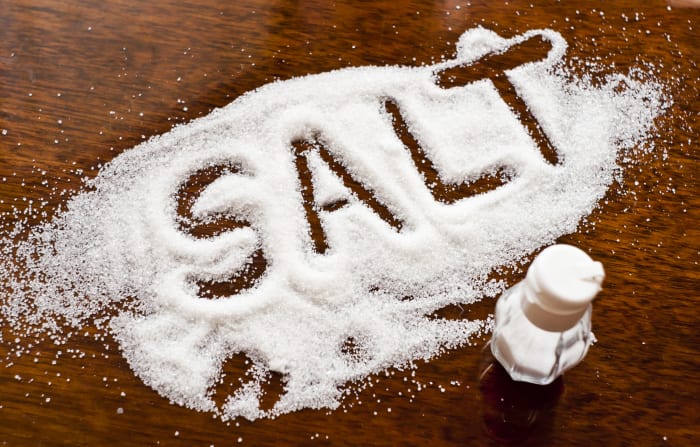
Perhaps looking at salt’s properties and functions will help us find out what makes it so special.
To begin with the physical properties, salt is a crystalline cubic substance with a sharp, salty taste and white or clear solid color. It begins to boil at 1,465 °C and has a molar mass of 58.44 grams per mol and comparably high melting point of 801 °C.
In chemistry, sodium chloride, with the formula NaCl, is an ionic compound made up of equal numbers of positively charged sodium ions (Na+) and negatively charged chloride ions (Cl-). As you know, opposites attract, and the two ions bond together, creating a cubic crystal lattice. The lattice is so strong that only polar solvents (i.e., liquids with electrically charged molecules) can break it.
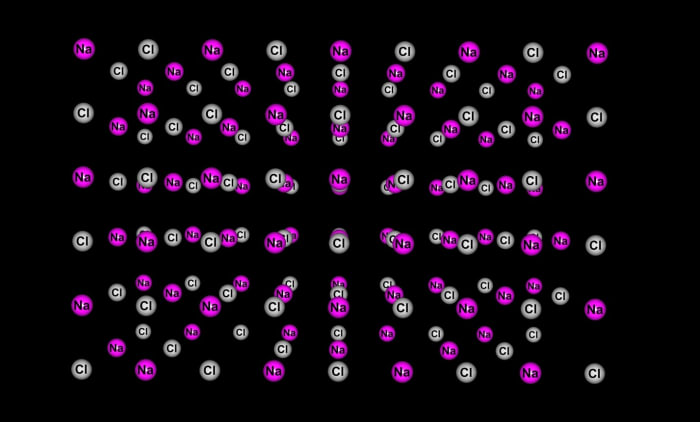
Occasionally, water is one of those. Water molecules are not composed of ions yet they are partly charged. The hydrogen side is slightly positive and the oxygen side is slightly negative. Guess what happens when you add some salt to water. Right, water gets attracted to salt! The hydrogen atoms of water start surrounding negatively charged chloride ions and the oxygen atoms of water start surrounding positively charged sodium ions. That new attraction makes salt dissolve in water. By the way, as any other ionic compound, sodium chloride can also conduct electricity in its liquid state. For the record, nearly six grams of table salt could be easily dissolved in 100 grams of water.
Interestingly, the solubility makes salt a perfect lifeguard during a slippery winter season. Salt can lower the water’s freezing point (0 °C), making ice melt. That is how salt prevents you from slipping on icy roads!

In addition, the solubility makes salt a highly effective food preservative as it removes water from the tissues of meats and fish, killing the bacteria.
Sure, finding salt is easy today. Every grocery store has it. And if it doesn’t, you will be kind of surprised, right? However, did you know that salt makes a long way to appear on your table?
Let’s take a quick trip to the ocean. Every time you dive, snorkel or swim in the ocean, you get a generous portion of salt. But if you can taste salt, why can’t you see the actual crystals?
In fact, the crystals of salt can only be found in shallow ponds that are exposed to the sun and wind. The sun and wind evaporate water from the sides of coastal rock ponds, leaving the salt behind. Once a year, when the salt reaches a certain thickness, people harvest it from the coastal ponds; then the salt gets rinsed and sifted.
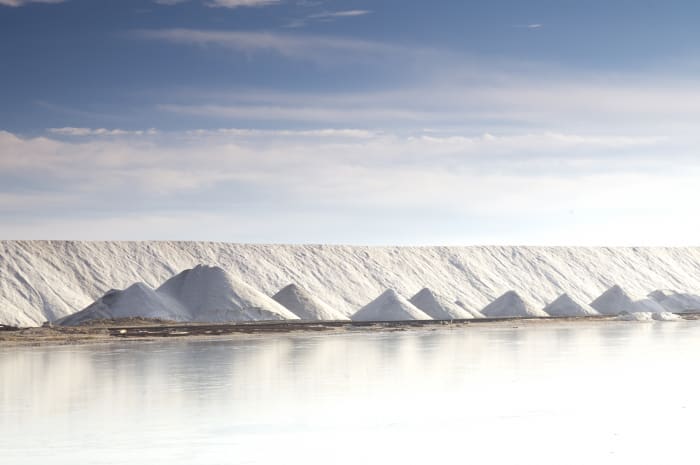
The earliest way of salt production, solar evaporation is common in tropical areas with little rainfall and a lot of sun. To date, Pink Lake in Western Australia and the San Francisco Bay in the United States are some of the major areas where salt is collected from shallow ponds.
Whereas in countries that cannot rely on the sun, people obtain salt through mining rocks or boiling salt solutions from brine springs.
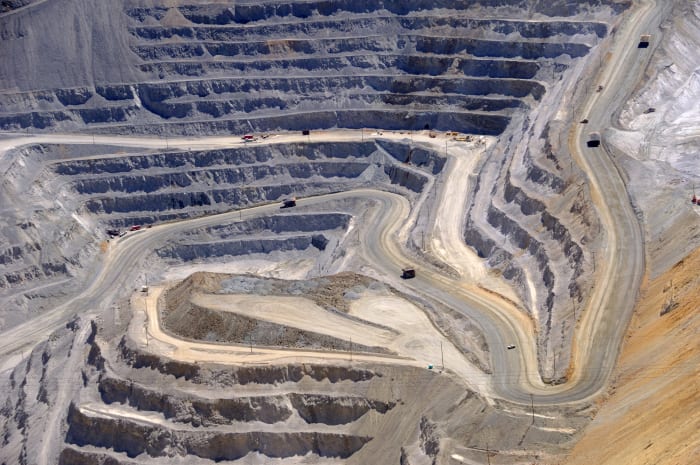
Rock salt is the common name for halite, a mineral that lives deep below the skin of the earth. It might be harder to recognize salt in halite because it can have a slightly yellow, blue, pink or gray color. Even the taste of rock salt is not very salty. That is because rock salt contains impurities that lessen the salty taste and bring additional colors to the mineral. Hence, contaminated by magnesium and calcium chloride, rock salt is not so desirable for food flavoring and preservation as brine salt. Nevertheless, it works especially well for de-icing roads in snowy areas.
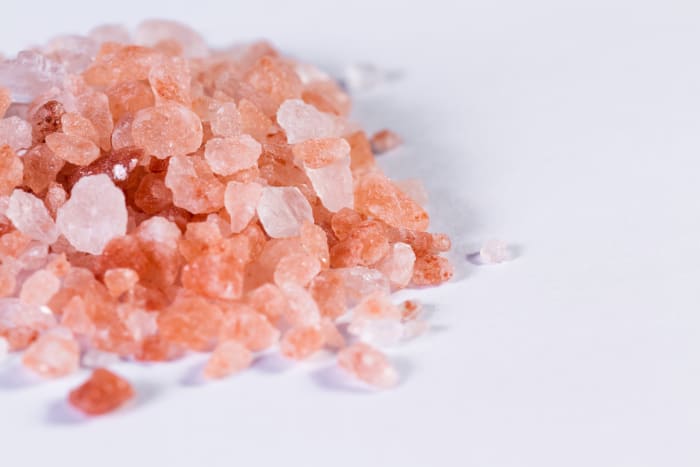
One of the largest mines at Winsford in Cheshire (UK) produces about a million tonnes of salt per year. Imagine how much salt is hidden underground!
Comparatively, brine springs are highly concentrated solutions of salt because they lack impurities. Boiling down those solutions gives high-quality salt that is commonly used to flavor food and keep it safe to eat.
Beyond the popular domestic applications, people use salt in many industries including chemical production, water softening, medicine, agriculture, etc. Large amounts of sodium chloride go to industrial manufacturing to make everything from plastic, paper and glass, to detergents, soaps and kinds of toothpaste.
Significantly, salt is free of calories and nutrients except for sodium and chloride. So why it is good for us?
Let’s start off with sodium. This element is vital for maintaining blood pressure, regulating fluids in our bodies and transmitting nerve impulses. As for chloride, it helps maintain the body’s acid-base balance and kill germs that arrive with the food we eat.
Undoubtedly, both elements are essential for life. As our bodies lose salt every day when we sweat or urinate, we need to compensate for that loss.
Luckily, in normal life, we need just a little more than half a teaspoon of salt per day. In general, the foods such as meats, seafood, eggs, milk and veggies can easily give us that amount. They are naturally rich in sodium compared to pizzas, chips and canned meats that have salt added during cooking.

Not consuming enough salt can cause some horrible symptoms such as nausea, cramps and loss of appetite and energy. In extreme cases, the deprivation of salt can lead to death. Therefore, athletes are encouraged to consume sodium-rich drinks during intense workouts or marathons.

Remember though that too much salt is just as harmful as salt deprivation. It can increase blood pressure and lead to heart attack, stroke and even heart failure. Listen to your body: feeling thirsty, bloated or craving for chips might signal you are eating more salt than you actually need.
Sure, it is ok to share a bag of chips with a friend once in a while. Just make sure you do not eat them on daily basis.
As if the actual functions of salt were not enough, people have given different supernatural meanings to that compound since ancient times. For instance, Ancient Greeks and Romans offered salt to the gods during the sacrifices. Native Hawaiians used salt to bless their new canoes. In Haiti, the only way to bring zombies back to life was to feed them salt…
As you can see, the abilities of salt are really impressive. The key properties make that compound indispensable in many areas of life and essential for overall well-being. So, believe it or not, there is a set of superpowers in your salt shaker!